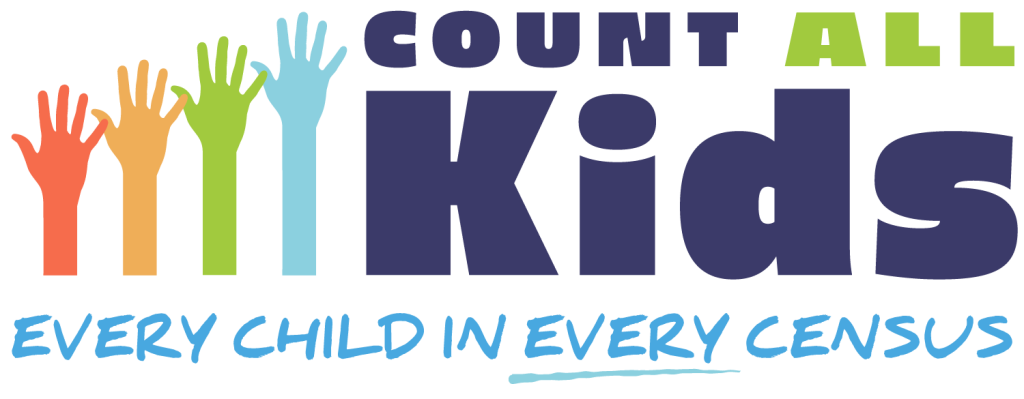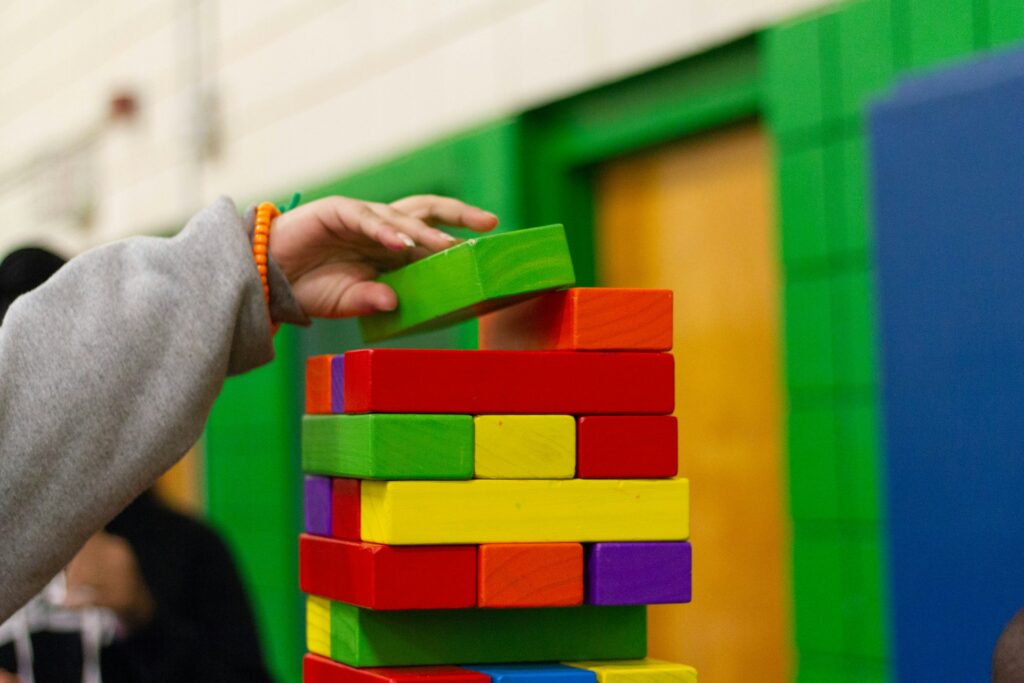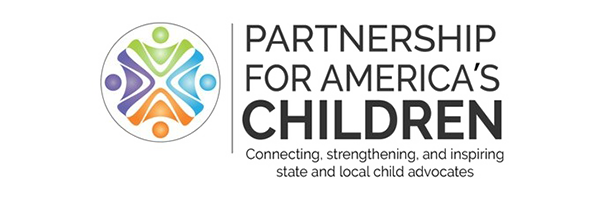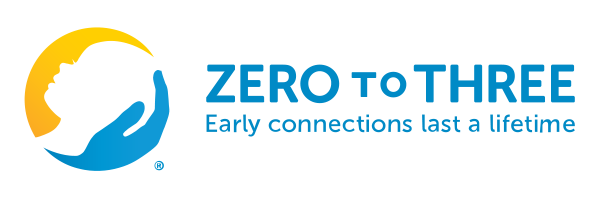On Fri. June 13 at 2pm ET, the National Conference of State Legislatures (NCSL) is hosting a LUCA webinar entitled “LUCA: Improving Census Data. Here’s How, Starting Now.” It is being cosponsored by the National League of Cities, the National Association of Counties, the International City/County Management Association, and NCSL. You can register at this link.
This webinar kicks off important state and local advocacy around the 2030 census. Please join it to learn why the LUCA process is so important and how state and local policy makers and advocates can use it to improve the count of young children. Speakers include members of a LUCA advocacy working group that have been developing guidance on how advocates and communities can work to make this process as comprehensive as possible.
The first step in getting young children counted in 2030 is making sure their home gets a census form. States, local jurisdictions and tribes can work with the Census Bureau to make sure their address list is complete so that families get those forms, through a process called Local Update of Census Addresses (LUCA), which is starting now. They can identify areas with hidden and low-visibility housing; in-fill and new residential developments; areas recovering from disasters; and areas with non-traditional addresses.
Unfortunately, many leaders don’t know about this process, or don’t realize how important it is. In 2020, six states and many localities never participated. That hurts children. By joining this webinar, you can learn how states and communities can participate and figure out what your role might be in persuading them to do so.
While we don’t have good data on how many children were missed because their home wasn’t on the Master Address File (MAF) and didn’t get a form, we do know that millions of people lived at addresses that didn’t get census forms. The Real Time 2020 Administrative Census (p. xii) found about 14.4 million people in administrative records at 9.8 million addresses outside the 2020 Census collection universe, and another 8.7 million at addresses not linked to the MAF. If people really were living at all those addresses, the 2020 census failed to send Census forms to about 23.1 million people at about 18 million addresses because their addresses either were not in the MAF at all, were wrongly categorized as uninhabitable, or were categorized as buildings that were not residential. Even if in some cases the Administrative Census was wrong, and the MAF was right, that’s a very significant problem. In addition, it is likely that there are also people living at addresses that are not captured in either the MAF or administrative records.
We think improving the MAF is a key step in counting young children because children have the highest poverty rate of all age groups and thus are more likely to live in “hidden” or “accessory” housing. Examples of this kind of housing include attics and basements, nonresidential structures such as garages and sheds, or families living at business addresses. Moreover, housing costs have risen dramatically in the last few years, so it is probable that the number of hidden or atypical housing units has grown significantly since 2020.
We hope you will register for this webinar and consider advocating for your state and local jurisdictions to participate. Note that local jurisdictions can participate even if your state chooses not to.








